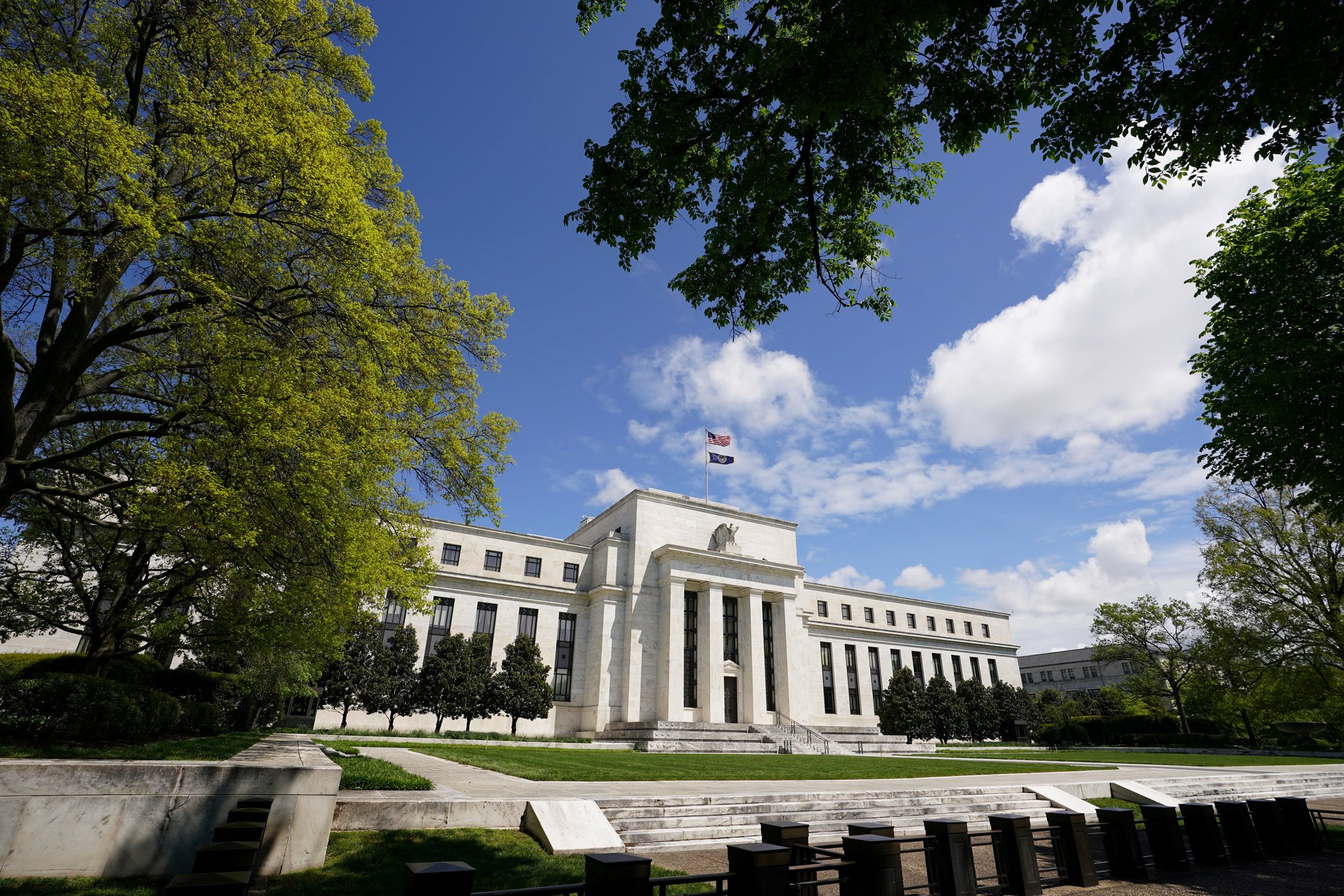More than 70% of US Fed bank board directors appointed in 2020 are white
The US Federal Reserve has been trying to become more diverse. It’s not getting very far.


The US Federal Reserve has been trying to become more diverse. It’s not getting very far.
Out of the 23 directors appointed to the boards of Federal Reserve regional banks in 2020, 74% were white and 57% were men, according to a new study from the Center for Popular Democracy, a Brooklyn-based advocacy group.
The boards of directors at the Fed regional banks represent communities, industries, and banks in their jurisdictions. Their members provide insight of local economic trends to inform the Fed’s monetary policy decisions, including interest rate changes. Overall, more than 70% of the 108 regional bank board directors are white and nearly 60% are male. Women of color are particularly underrepresented—they make up only 10% of all the directors.
This lack of diversity in race and gender can generate blind spots in the Fed’s understanding of the economy, hampering its ability to intervene effectively. “The Federal Reserve has too much of an influence on everyone to not represent everyone,” said Anna Gifty Opoku-Agyeman, co-founder of The Sadie Collective, a group that advocates for more Black women in economics, data science, and public policy. “You’re making policies about everyone. Everyone should be in the room.”
Fed regional banks have three classes of directors. Two of them are appointed to represent the public. The other represents member banks in each Federal Reserve district.
Lack of diversity is also a widespread problem among senior leadership at the Fed, according to the agency’s latest publicly available data. Out of its 230 most senior executives and officers in 2017, nearly 80% were white. By comparison, only 21, or less than 10%, identified as Black.
The Fed’s team of economists has a similar make-up: three fourths of its 406 economists are white. Only a quarter are women. A Fed spokesperson could not provide a more detailed breakdown beyond those categories.
The Fed’s overrepresentation of white men is also evident in the top posts of its 12 regional banks. Raphael Bostic became the first African-American president of a Fed regional bank when he took that post at the Federal Reserve Bank of Atlanta in 2017. “America had a non-white president before any of the 12 Fed Regional Banks had a non-white president,” Aaron Klein, a fellow in economic policy at the Brookings Institute, told Quartz.
Opoku-Agyeman said the Federal Reserve’s issues with race and gender are a reflection of the economic profession itself. Sadie Tanner Mossell Alexander, the economist after which the Sadie Collective is named, was the first African-American woman to earn her doctoral degree in economics in 1921, but couldn’t find a job in the field and eventually switched to a law career.
Narayana Kocherlakota, who was president of the Federal Reserve Bank of Minneapolis from 2009 to 2015, pointed out how structural racism and higher standards for Black economists have shaped the Fed’s leadership in a recent Bloomberg Opinion column. The economist noted that the Fed has only had three Black governors in its history, and they were all extraordinarily qualified. All had PhDs in economics, as well as other graduate degrees. In contrast, only two of the current five Fed governors, all of whom are white, have PhDs in that field. “Two have no economics degrees at all,” he wrote.
Former Federal Reserve chair Janet Yellen, a diversity advocate during her tenure, has continued to call for more participation of people of color and women in economics as president of the American Economic Association (AEA). Earlier this month, the group published a statement detailing how “our professional climate is a hostile one for Black economists.”
In response to recent protests against police brutality and racism, current Federal Reserve chair Jerome Powell weighed in as well. “I speak for my colleagues throughout the Federal Reserve system when I say there is no place for racism and there should be no place for it in our society,” he said earlier this month. “Everyone deserves the opportunity to participate fully in our society and our economy.”
Bostic, the Fed’s Bank of Atlanta president, went even further. In a statement earlier this month, he pointed out the ways in which the Fed can fight racism, including by reducing inequality. “I believe the Federal Reserve Bank of Atlanta, and the Federal Reserve more generally, can play an important role in helping to reduce racial inequities and bring about a more inclusive economy,” he wrote.